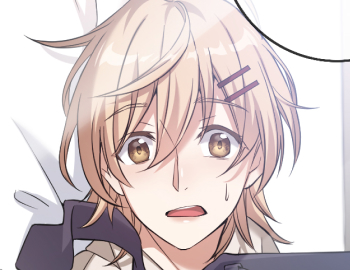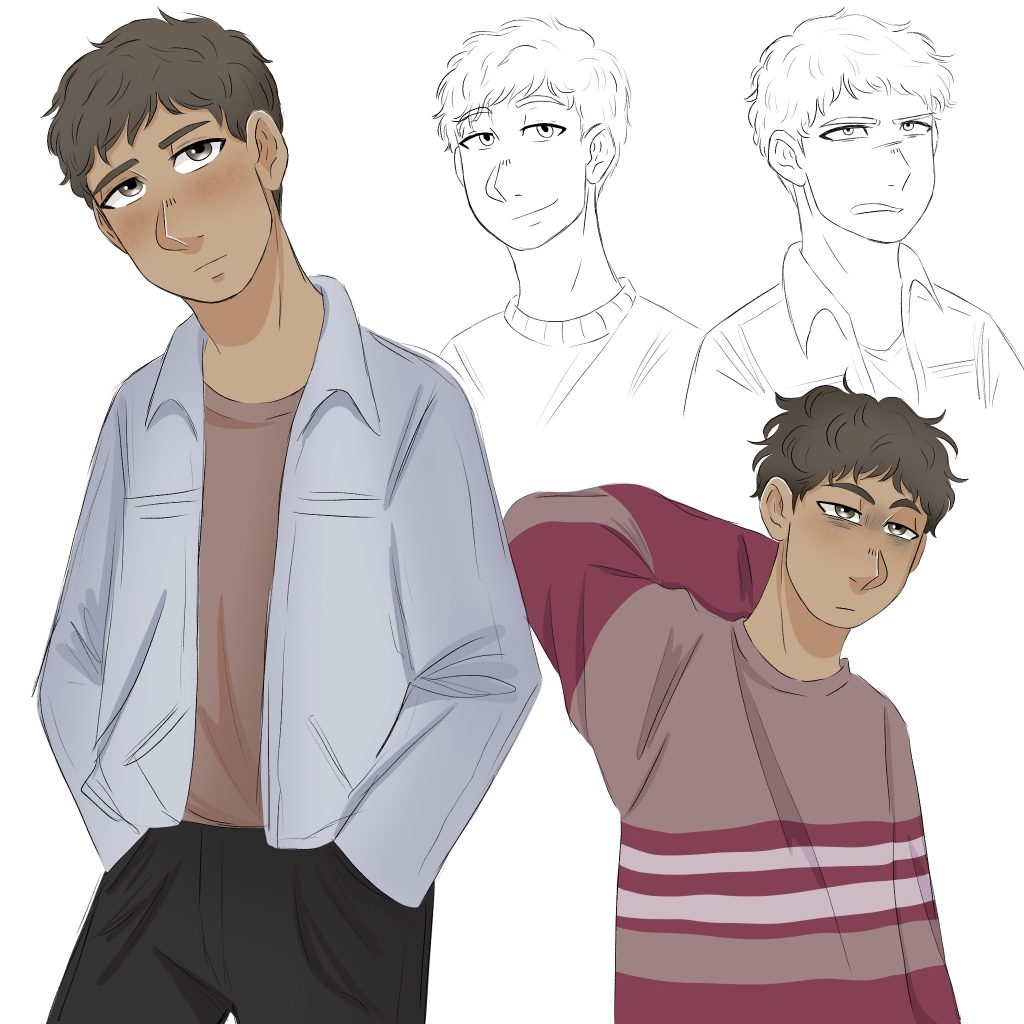Revolutionizing Comics – How Webtoons Are Redefining the Art of Storytelling
In the realm of storytelling, a revolution is underway, led by the digital platform known as Webtoons. As traditional comics find themselves increasingly confined to the printed page, Webtoons have burst onto the scene, redefining how stories are told and consumed. With their unique vertical scroll format optimized for mobile devices, Webtoons offer creators an innovative canvas to weave their narratives. This format is not just a cosmetic change; it fundamentally alters the pacing and structure of storytelling. Unlike traditional comics, which are segmented into panels, Webtoons flow seamlessly from one scene to the next, immersing readers in a continuous visual experience. This fluidity allows creators to experiment with pacing, employing techniques like infinite canvas storytelling, where the boundaries of the page are transcended, and narrative beats unfold organically. The result is a dynamic reading experience that feels more akin to watching a film or television show, blurring the line between static images and motion. Moreover, Webtoons democratize storytelling, providing a platform for diverse voices and narratives that might struggle to find mainstream acceptance in the traditional comic book industry.

With low barriers to entry, creators from around the world can share their stories directly with a global audience, bypassing the gatekeepers of traditional publishing. This democratization has led to an explosion of creativity, with Webtoons spanning genres from romance and fantasy to horror and slice-of-life. Creators are empowered to explore themes and perspectives that resonate with their own experiences, fostering a rich tapestry of storytelling that reflects the diversity of human culture. Another hallmark of Webtoons is their interactive nature, allowing readers to engage with stories in ways that transcend passive consumption. Through features like comments and likes, readers can interact with creators and fellow fans, forming communities around their favorite series. This interactivity fosters a sense of camaraderie and shared enthusiasm, transforming the act of reading into a social experience. Creators often incorporate feedback from their audience, shaping the direction of their stories based on reader response. In this way, Webtoons blur the boundaries between creator and audience, forging a collaborative relationship that enriches the storytelling process.
Furthermore, the digital nature of 툰코 opens up exciting possibilities for multimedia integration, incorporating sound effects, music, and animation to enhance the reading experience. While traditional comics are limited by the static nature of the printed page, Webtoons harness the power of digital technology to create immersive worlds that stimulate the senses. Creators can experiment with innovative storytelling techniques, pushing the boundaries of what is possible within the medium. This convergence of technology and storytelling offers endless opportunities for innovation, pushing the art form into new and uncharted territory. In conclusion, Webtoons are revolutionizing the art of storytelling, offering creators a dynamic platform to craft immersive narratives that transcend the confines of traditional comics. With their unique format, democratized publishing model, interactive features, and multimedia integration, Webtoons represent a bold evolution of the medium. As they continue to grow in popularity and influence, they are reshaping the landscape of storytelling, ushering in a new era of creativity and innovation.
